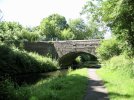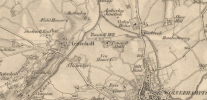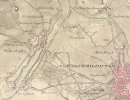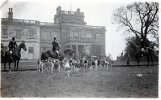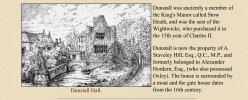Bob Davis
Bob Davis
One would assume that they are meant to be a stay aboard for the hour experience' do not go through locks and we will moor you when you return. Remember when going on a narrow boat holiday, for the first time. The induction is at least half an hour and even on your second or third visit the induction is quite lengthy as the user has to sign to say that an usage induction and canal etiquette and h & s has been covered'I have yet to see a Go Boat at Brindley Place and wonder how many of the craft exist and where they are kept.
There are certain rules for navigating the canals and I also wonder what instructions are given to those that spend £95 for the hour trip.
Being electric there is the advantage of an environmentally friendly form of power, but what happens if they collide with another craft and mooring up to get on or get off may be more complicated than the website suggests
Bob



